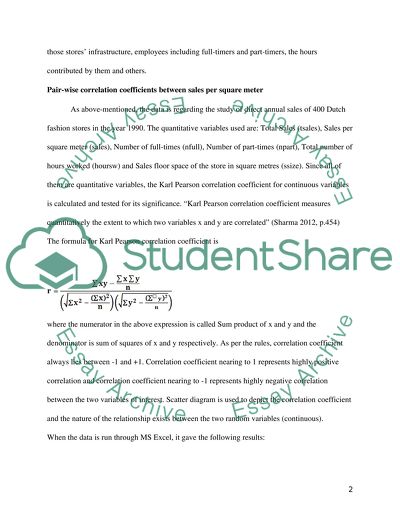Cite this document
(“Project Statistics Example | Topics and Well Written Essays - 2000 words - 1”, n.d.)
Project Statistics Example | Topics and Well Written Essays - 2000 words - 1. Retrieved from https://studentshare.org/statistics/1683524-project
Project Statistics Example | Topics and Well Written Essays - 2000 words - 1. Retrieved from https://studentshare.org/statistics/1683524-project
(Project Statistics Example | Topics and Well Written Essays - 2000 Words - 1)
Project Statistics Example | Topics and Well Written Essays - 2000 Words - 1. https://studentshare.org/statistics/1683524-project.
Project Statistics Example | Topics and Well Written Essays - 2000 Words - 1. https://studentshare.org/statistics/1683524-project.
“Project Statistics Example | Topics and Well Written Essays - 2000 Words - 1”, n.d. https://studentshare.org/statistics/1683524-project.


